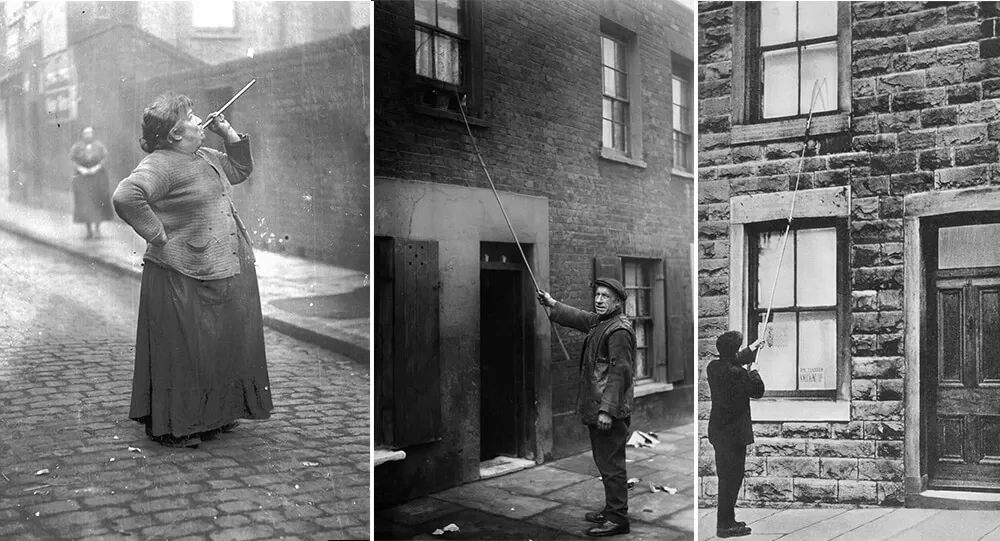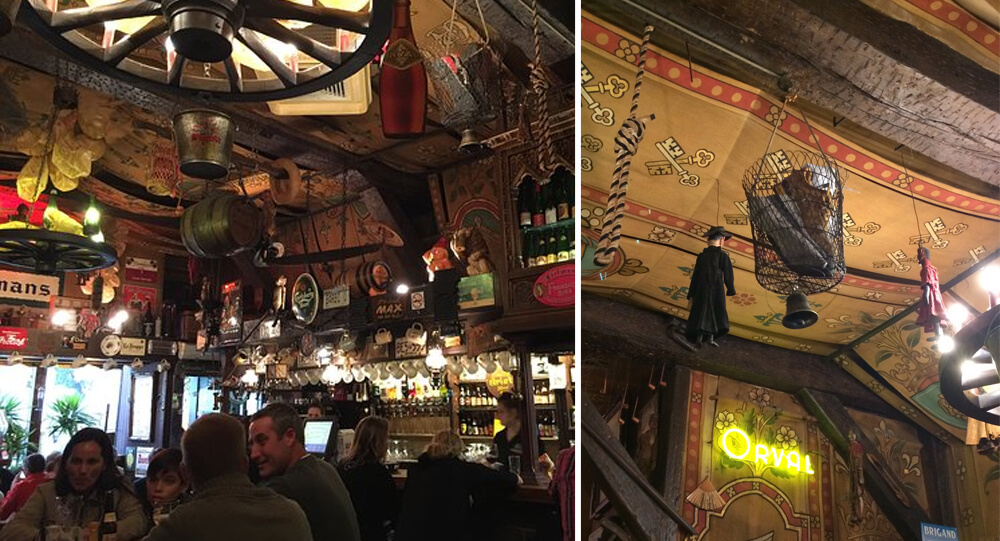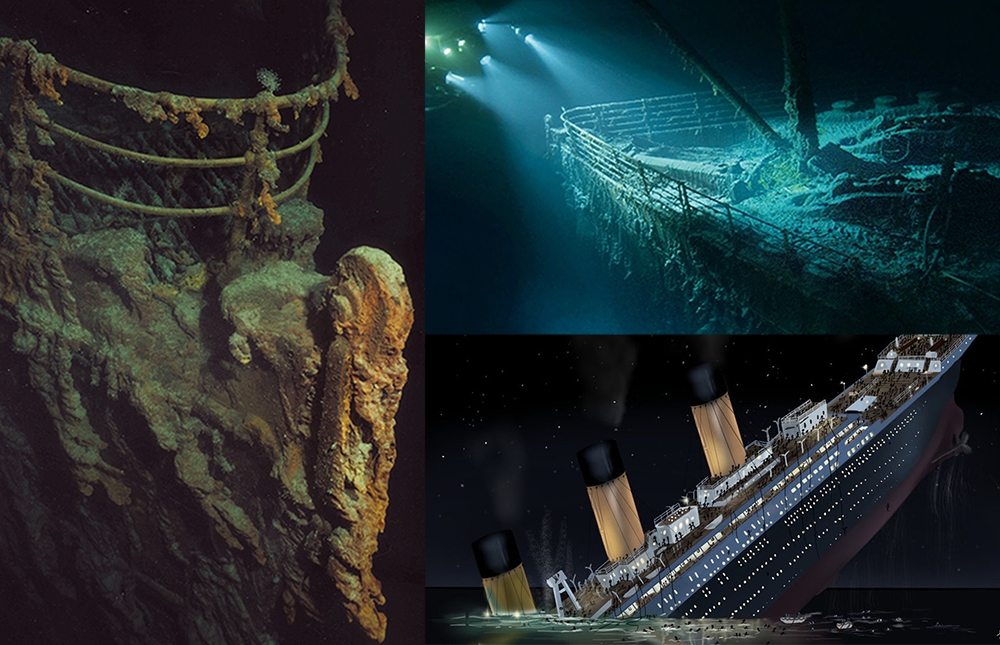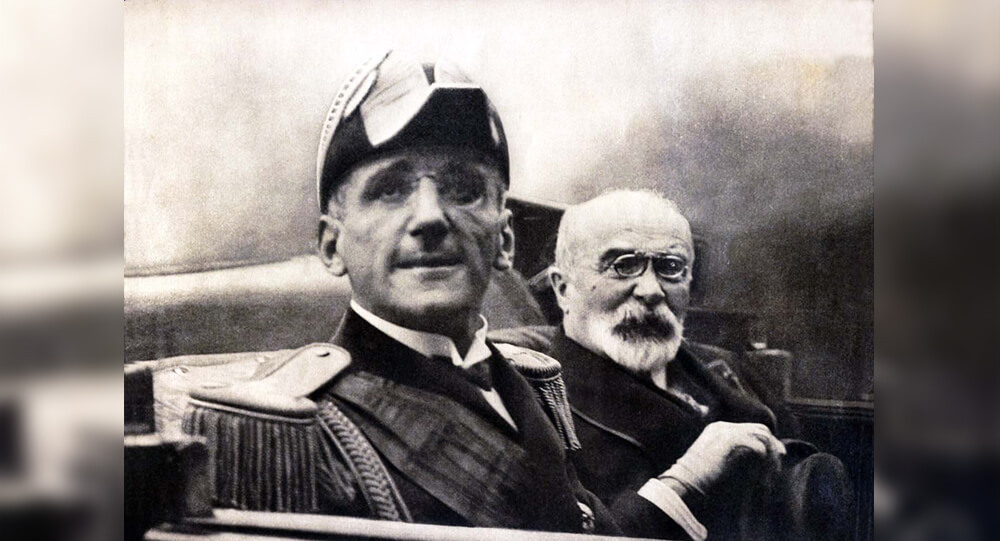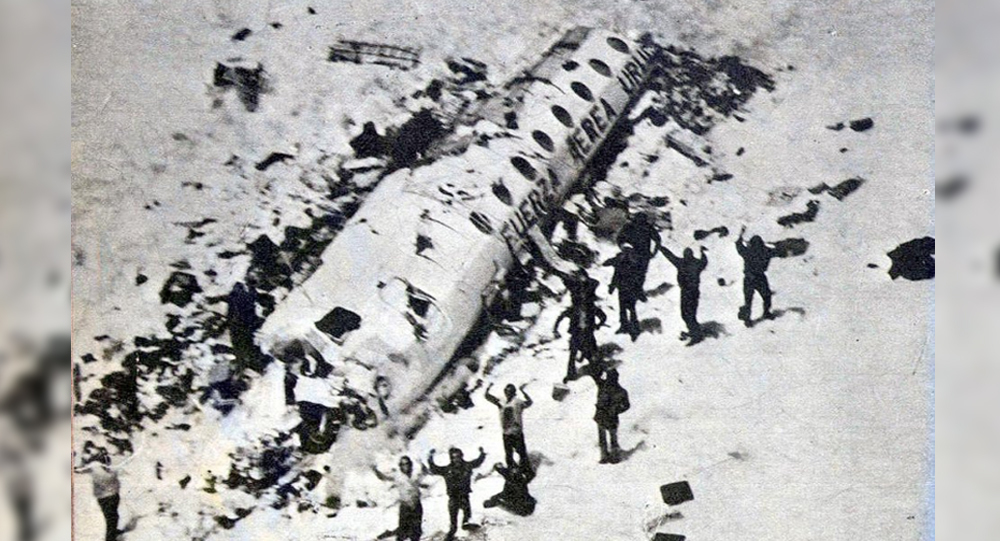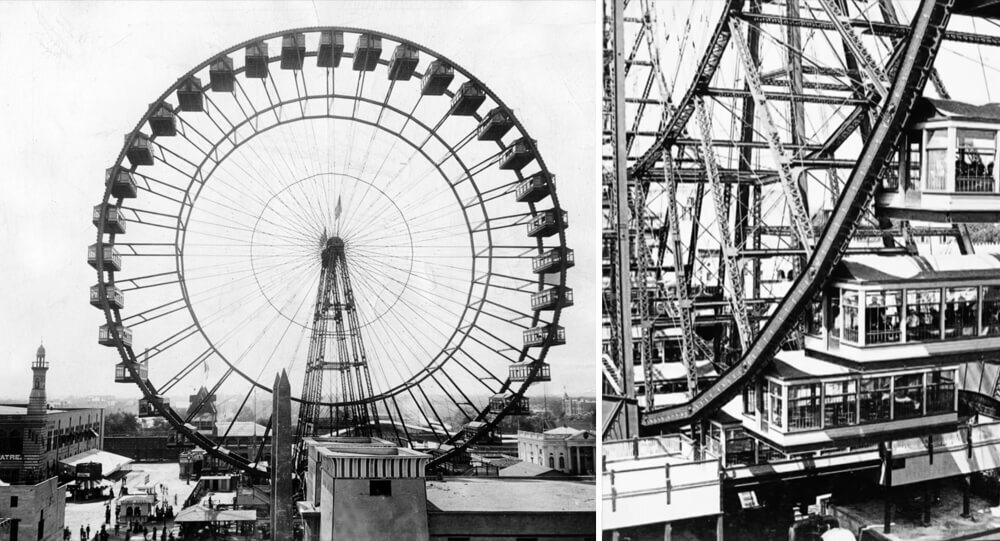
Kathrine Switzer was attacked by a race official 1.5 miles into her first Boston Marathon. Women didn’t compete in marathons in 1967. At least not formally.
Running up behind Switzer, the race official yelled and grabbed her sweatshirt. He was making an attempt to remove her race number-adorned bib.
“The race director attacked me simply because I was a woman and because I was wearing a bib number,” Switzer told Humankind. “He was angry because he was an overworked race director, and frankly, he was a product of his time.”
Switzer attended Syracuse University as a student. She had been jogging since elementary school, but there were no women’s sports at her institution.
Switzer recalls, “I went and asked the track coach if I could run on the men’s track team.” He responded, “No, I don’t believe so. Switzer accepted the invitation to train with the squad, saying, “That’s against NCAA rules, but we’d welcome you to come work out with us.”
Arnie Briggs, a volunteer coach, was 50 years old. He was a former marathon runner as well as Syracuse’s mailman. He took me under his wing and gave me daily advice on how to run farther and not stress about running quickly, according to Switzer.
Briggs talked to them about running the Boston Marathon as they were moving along.
He responded, “No woman can run a marathon!” when Switzer told him she planned to participate as well.
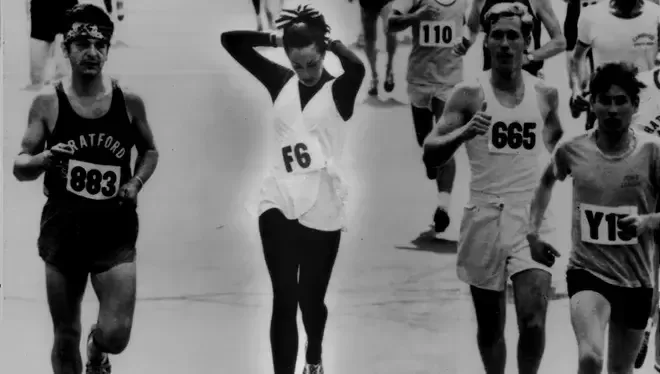
Even though she was stunned, Switzer persisted. She was promised by Briggs that he would be the first to take her to Boston if she could demonstrate to him in training that she could complete the 26.2 miles. Switzer eventually far outran the 26.2 miles in practice, thus the wager was accepted.
No woman had ever officially registered for or participated in the Boston Marathon before 1967. Switzer examined the marathon’s regulations. She registered as KV Switzer with no regard for gender.
For a very long time, Switzer recalls, “I’ve been signing my name with my initials.” “My loving father misspelled my name on my birth certificate. I signed my name that way since I wasn’t trying to deceive them.
Switzer lined up with hundreds of other guys at the 1967 Boston Marathon’s starting line while donning bib #261 and a coat of lipstick. Soon after the starting pistol had fired, Jock Semple, the race official, pursued her.
This brief incident changed the course of women’s running forever. Switzer was inspired by the incident and started advocating for women’s sports equality.
Women were finally permitted entry to the Boston Marathon five years after her encounter with Semple. On that momentous day, Switzer was at the starting line.
She continued to run marathons, winning the 1974 New York City Marathon. In 1975, she ran her personal best and came in second in Boston (2:51:37). After that, she established the Avon International Running Circuit, a series of 27 races for women only. Over a million women have participated since 1978.
The International Olympic Committee decided to incorporate a women’s marathon for the first time in the 1984 Olympic Games thanks in large part, according to Switzer, to the momentum women’s running gained due to her efforts.
According to Switzer, “sometimes the worst things in your life might turn out to be the best.”
One of the most astonishing social revolutions for women was brought about by old Jock Semple, who no one could have ever dreamed could have done it.
The Boston Athletic Association formally retired Switzer’s bib number 261 in 2017, but not before the number had a life of its own. With the goal of inspiring women to connect and take charge of their lives through running, Switzer founded the international non-profit organization 261 Fearless.
Switzer’s decision to participate in the 2017 Boston Marathon coincided with the retirement of her historic bib number.
When I turned 70 and it was the 50th anniversary of my 1967 marathon, Switzer remarked, “I found myself approaching those milestones with the belief that I could run it again.”
Only 20 minutes later than when she was 20 years old, she completed the task.
Switzer added, “I crossed the finish line with the feeling that we have altered history. “In fifty years we have gone from one woman wearing a bib to twelve thousand women wearing a bib here on the streets of Boston.”
“I felt like I had successfully carried a torch to the millions of women who have had their lives changed by running throughout the world,” the runner said.

Saudi Arabia camel carvings dated to prehistoric era
Archaeologists were shocked to discover that a series of camels carved into desert rock faces in north-western Saudi Arabia are actually prehistoric, dating from 7,000-8,000 years ago - before either the Pyramids of Giza or Stonehenge were built.

Knockers-up: waking up the Industrial Britain's Workers in 1900-1941
Before alarm clocks were invented, there was a profession called a knocker-up, which involved going from client to client and tapping on their windows (or banging on their doors) with long sticks until they were awake. It lasted into the 1920s.

Nordlingen, The Town Inside A Meteorite Crater With Millions Of Meteorite Diamonds
The German town of Nördlingen is embedded with 72,000 tons of microscopic diamonds. About 15 million years ago, a meteorite hit this region, and the impact created a massive depression and formed rocks containing diamonds, glass, and crystals. The town was built in the impact crater sometime around 898 CE.

Franz Ferdinand’s Assassination that sparked World War I
Archduke Franz Ferdinand of Austria and his wife Sophie are shot to death by a Bosnian Serb nationalist during an official visit to the Bosnian capital of Sarajevo on June 28, 1914. The killings sparked a chain of events that led to the eruption of World War I by early August.

Susanna Salter: The Trailblazing Story of America’s First Female Mayor
In 1887, Susanna Salter became the first female mayor in the United States, elected in Argonia, Kansas. Her nomination was initially a prank by men opposing women in politics. However, she won by a landslide and served effectively, inspiring the women’s suffrage movement and breaking barriers for women in leadership.

William James Sidis: The smartest person yet forgotten by people
William James Sidis, who was only 11 years old when he enrolled in Hardvard, finished his primary and secondary schooling in less than a year. He knew eight foreign languages by the age of eight and even invented his own language, "vedergood."

10 world’s most destructive and dangerous volcanic eruptions in history
Volcanic eruptions can devastate cities, change the world's atmosphere, and devastate economic systems. They can create molten lava rivers, mudslides, suffocating ash, and poisonous gases that cause chaos around the world for years. A volcanic explosion's effects can be massive, from its size to its death toll to its economic cost. Here is ten world’s most destructive and dangerous volcanic eruptions in history.

The Day an Israeli F-15 Landed with One Wing: Zivi Nedivi’s Unbelievable Mid-Air Survival
Discover the astonishing true story of Israeli pilot Zivi Nedivi, who safely landed an F-15 after a mid-air collision tore off its entire right wing. Learn how skill, quick thinking, and the F-15’s unique design turned a disaster into a legendary feat in aviation history

Blanche Monnier: Imprisoned For 25 Years For Falling in Love
Blanche Monnier, she was a French woman noted for her beauty, she wished to marry an old lawyer that her mother disapproved of, so she locked her in a small dark room in her attic for 25 years.

Why This Belgian Bar Makes You Trade Your Shoe for a Beer
To prevent tourists from stealing their beer glasses, some bars in Belgium require people to hand over one of their shoes as a deposit which is then put in a basket and hung from the ceiling. These shoe baskets have also become an attraction.

8 Interesting Facts About The Unsinkable Ship, TITANIC
If you ask your friends what's the most famous ship in history the answer in most cases will be the same, of course the legendary Titanic. Its history is full of mysteries, at first it was a source of hope and national pride as well as proof of the triumphs of mankind but it soon became a source of nostalgia and pain, the extent of which cannot be described in words.

The Assassination Of King Alexander
The assassination of King Alexander of Yugoslavia marked a pivotal moment in the country's history. This article delves into the rise and reign of King Alexander, exploring his early life and ascension to the throne. It also examines the political and social climate in interwar Yugoslavia, setting the stage for the tensions and challenges that ultimately culminated in his tragic assassination. By understanding the context in which this event unfolded, we can better grasp the significance and impact it had on the nation and its future.

1972 Andes Plane Crash Survivor recall the terrifying Struggles to Stay Alive
On October 13, 1972, a plane carrying a rugby team from Uruguay crashed in the Andes between Chile and Argentina. The survivors were in brutal conditions - high altitude, bitter cold, and the lack of food—and faced the most terrible choice—eating the frozen flesh of their dead friends or starving to death themselves.

story of the youngest mother in the world at age of five - Lina Medina
Lina Medina, a five-year-old Peruvian girl, became the youngest mother in history in 1939 when she gave birth to a boy.

3 men lived on top of a billboard in tents for almost 9 months
From 1982-1983, three men in Allentown PA competed in a radio contest in which they lived on top of a billboard in tents. Whoever stayed up longest would win a house. Due to economic pressure from the recession, none of the contestants wanted to give up, so the contest lasted almost 9 months.

how Ferris wheel invented
In 1891, Chicago challenged engineers to create a structure to surpass the Eiffel Tower for the World's Columbian Exposition. George Washington Gale Ferris jr. responded with the original Ferris Wheel, a giant rotating structure elevating visitors above the city. This invention became an iconic attraction at the fair.

How European Rabbits Took over Australia
In 1859, wealthy settler Thomas Austin released 13 wild rabbits on his Australian estate. By 1920, their population grew to 10 billion.

Remembering the miracles of the 1985 Mexico earthquake (unbelievable stories)
In 1985, after an 8.0 magnitude earthquake hit Mexico City, nearly all newborn babies survived a collapsed hospital. They are known as “Miracle Babies” for surviving 7 days without nourishment, water, warmth or human contact.

Nearest Green, America's first known Black master distiller
Nathan "Nearest" Green was an African-American head stiller who is now more frequently referred to as a master distiller. He was renowned for imparting his distilling knowledge to Jack Daniel, the creator of Jack Daniel's Tennessee whiskey distiller, after Jack Daniel was freed from slavery following the American Civil War.

Will & William Wests: The puzzling situation of two inmates who are identical but not related
These are the mugshots of Will West and William West, and they are not related. They were both sent to Leavenworth Prison at the same time, in 1903, and after some confusion, the staff understood they had two different prisoners with the nearly same name, who looked exactly alike. They are part of the reason fingerprints are now used as identification.

Jack the Baboon operated a railroad, earned a living, and never made a mistake
A baboon worked as a signalman for the railroad in the late 1800s. He never made a mistake and worked for the railroad until the day he died.

Robert Odlum, the first person to jump off the Brooklyn Bridge
The first person to jump off the Brooklyn Bridge was a professional high diver who "wanted to demonstrate that people did not die simply by falling through the air, thus encouraging people to be willing to jump from a burning building into a net." He proved himself correct by safely falling 135 feet through the air and dying only when he hit the water.

Louis Le Prince Invented the motion picture camera, and then he mysteriously disappeared
Louis Le Prince, the inventor of motion pictures, vanished without a trace in 1890. Thomas Edison quickly claimed the title of "first and sole inventor of cinema," even taking Le Prince's son to court to dispute it. A few years later, the son also dies under mysterious circumstances.

Mother who spent entire life savings for daughter’s cancer treatment won the lottery
A mother won $2 million from a $10 scratch-off lottery ticket after she spent all of her entire life savings to pay her daughter’s cancer treatment. She bought the winning ticket after her daughter’s last cancer treatment.

Thomas Baker's heroic act that earned him the "Medal of Honor" was 8 bullets until death
Thomas Baker instructed his team to leave him with a pistol and eight bullets propped up against a tree after he was injured. Later, American troops discovered the now-deceased Baker in the same location, lying next to eight dead Japanese soldiers and carrying an empty pistol.


